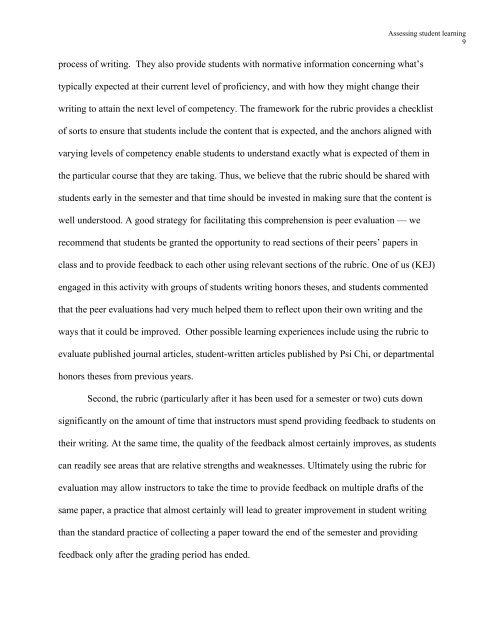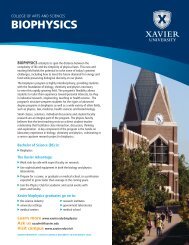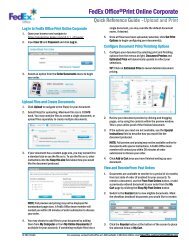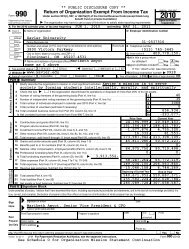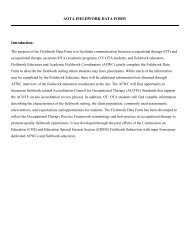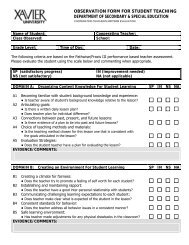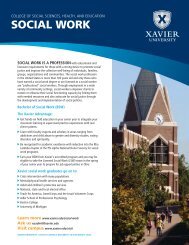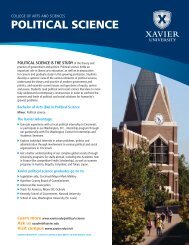Assessing Student Learning: A Collection of Evaluation Tools
Assessing Student Learning: A Collection of Evaluation Tools
Assessing Student Learning: A Collection of Evaluation Tools
You also want an ePaper? Increase the reach of your titles
YUMPU automatically turns print PDFs into web optimized ePapers that Google loves.
process <strong>of</strong> writing. They also provide students with normative information concerning what’stypically expected at their current level <strong>of</strong> pr<strong>of</strong>iciency, and with how they might change their<strong>Assessing</strong> student learning9writing to attain the next level <strong>of</strong> competency. The framework for the rubric provides a checklist<strong>of</strong> sorts to ensure that students include the content that is expected, and the anchors aligned withvarying levels <strong>of</strong> competency enable students to understand exactly what is expected <strong>of</strong> them inthe particular course that they are taking. Thus, we believe that the rubric should be shared withstudents early in the semester and that time should be invested in making sure that the content iswell understood. A good strategy for facilitating this comprehension is peer evaluation — werecommend that students be granted the opportunity to read sections <strong>of</strong> their peers’ papers inclass and to provide feedback to each other using relevant sections <strong>of</strong> the rubric. One <strong>of</strong> us (KEJ)engaged in this activity with groups <strong>of</strong> students writing honors theses, and students commentedthat the peer evaluations had very much helped them to reflect upon their own writing and theways that it could be improved. Other possible learning experiences include using the rubric toevaluate published journal articles, student-written articles published by Psi Chi, or departmentalhonors theses from previous years.Second, the rubric (particularly after it has been used for a semester or two) cuts downsignificantly on the amount <strong>of</strong> time that instructors must spend providing feedback to students ontheir writing. At the same time, the quality <strong>of</strong> the feedback almost certainly improves, as studentscan readily see areas that are relative strengths and weaknesses. Ultimately using the rubric forevaluation may allow instructors to take the time to provide feedback on multiple drafts <strong>of</strong> thesame paper, a practice that almost certainly will lead to greater improvement in student writingthan the standard practice <strong>of</strong> collecting a paper toward the end <strong>of</strong> the semester and providingfeedback only after the grading period has ended.


